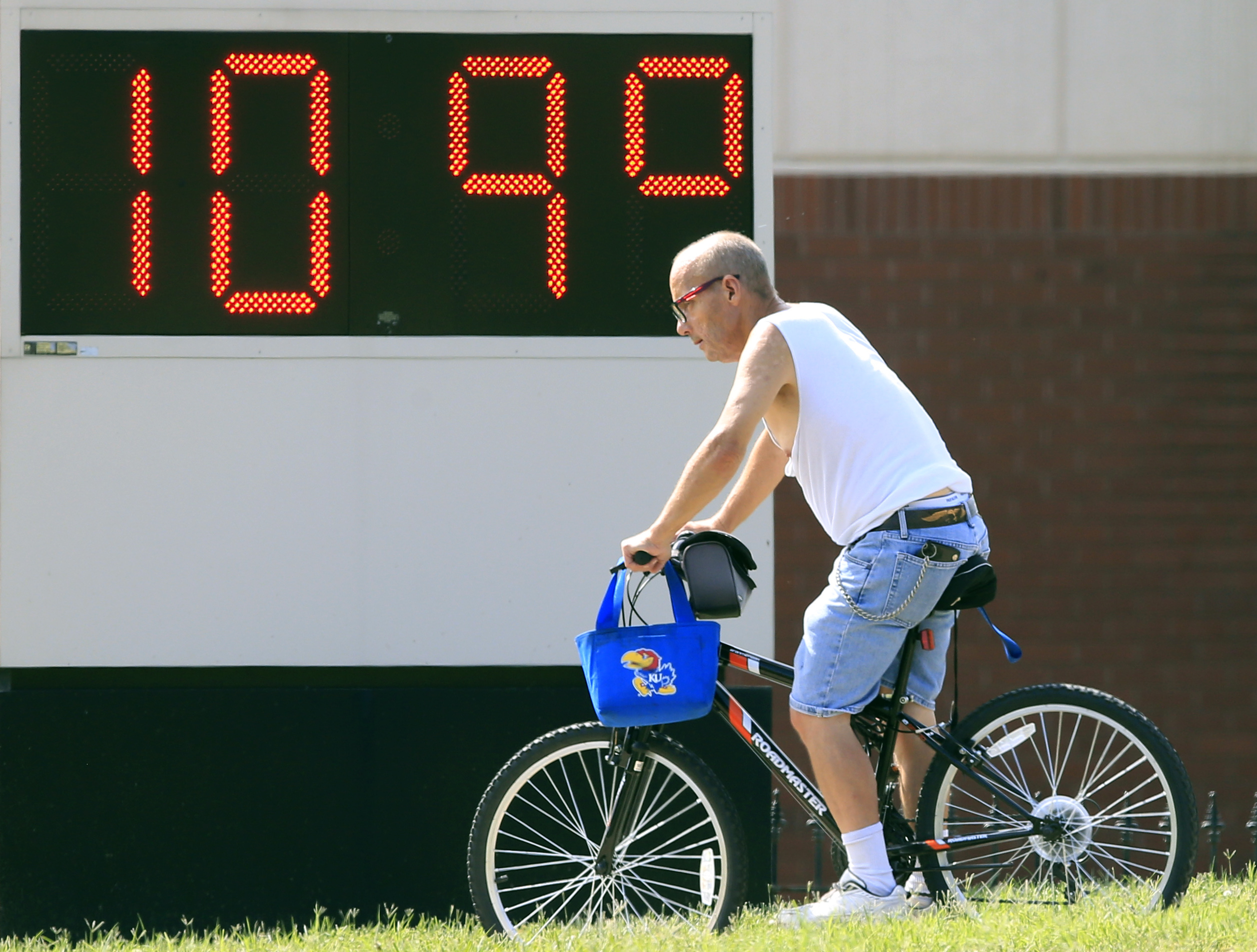
By EFE
Jun 23, 2024, 1:14 PM EDT
A series of weather events affects a large part of the United States this weekend with heat waves that threaten nearly 100 million people and fuel fires.
Added to this are flood emergencies and the possibility of a tropical system in the Gulf of Mexico.
In its latest update, the National Weather Service (NWS) said that “records are likely” in temperatures, including parts of the Ohio Valley and the mid-Atlantic.
A heat alert is in effect in the US capital, where for the first time since 2016 they could reach 100° F (37° C)
Extreme heat and humidity will combine to raise the heat index (or sensation of heat), with 110° F (43° C) possible in the southern mid-Atlantic.
The high temperatures arrive two days after summer officially began with the likelihood of persisting for several days, which “increases the level of heat stress for those without reliable air conditioning,” the NWS warned.
The high temperature forecast for California’s Central Valley is not helping firefighters dealing with the fire in Colusa County, which has already burned nearly 20,000 acres (8,300 hectares) and is 35% contained, according to data from the California Department of Forestry and Fire Protection (Cal Fire).
In contrast, other states in the country are dealing with rain and storms such as Iowa, where on Saturday Governor Kim Reynolds issued a disaster proclamation for 21 counties in the northwest of the state due to catastrophic flooding, which forced the evacuation of entire towns such as Rock Valley with a population of 4,200.
Rain has also affected South Dakota and the NWS forecast high chances of heavy precipitation along the Great Lakes and northern Mississippi Valley and into parts of southern New England.
In New Mexico, temperatures will remain high, but “monsoon conditions” will remain in the region, which has helped firefighters deal with two fires affecting the state.
The United States National Hurricane Center (NHC) warned that a tropical system could develop this weekend that would follow Alberto through the southwestern Gulf of Mexico and toward northeastern Mexico.
Although this system is not expected to be as large as Alberto, it could bring more rain to South Texas and trigger new flood warnings in that area and along the Gulf Coast.
Keep reading:
- Four-day heat wave in New York will end Sunday night
- Chicago weather forecast for this Sunday, June 23
- New York: the weather for today, Sunday, June 23
